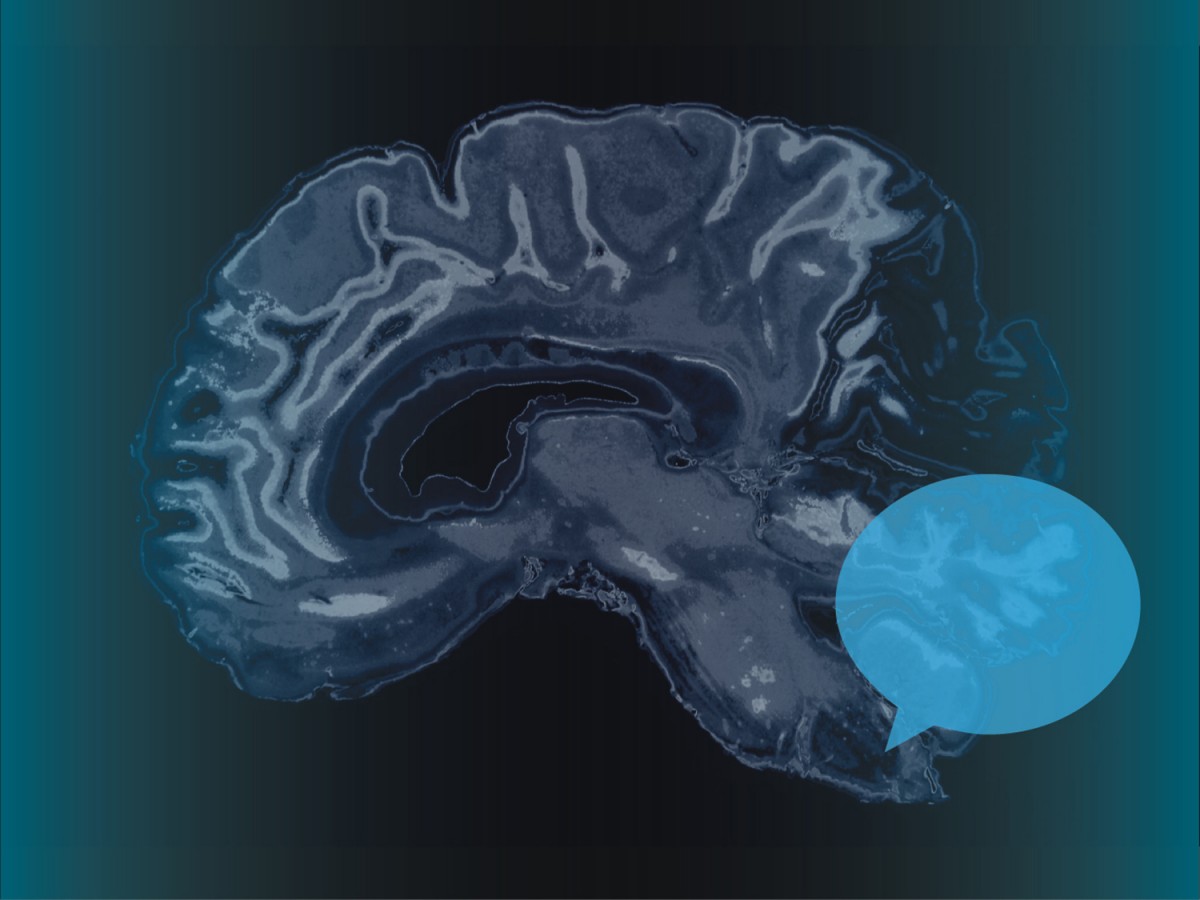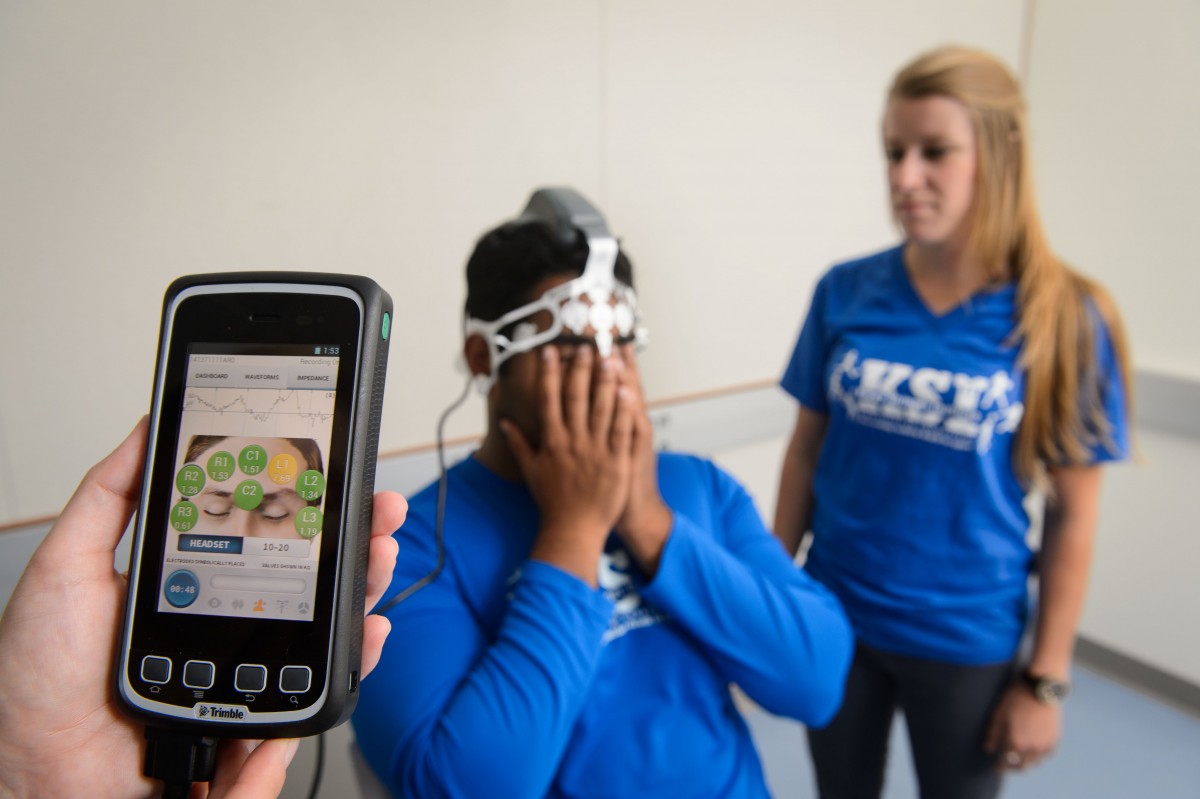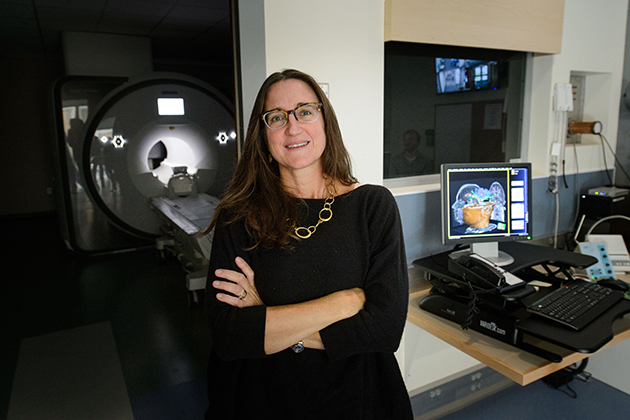 Loading...
Loading...
CT IBACS Meet-and-Greet Event: Register Today!
 Loading...
Loading...
 Loading...
Loading...

Emily Myers, assistant professor of speech, language and hearing sciences at UConn, was recently featured in an article in UConn Today regarding her recent aphasia research in collaboration with Carl Coelho and Jennifer Mozeiko. By using UConn’s powerful new fMRI scanning software, Myers has been able to identify the specific neural regions in the brain that are impacted by aphasia. This new information can help shape therapies for people with language disorders.
Click here to read more.
William Snyder, professor of Linguistics in CLAS, and his graduate student Emma Nguyen are featured in a video describing a experiment involving a puppet named Gobu on how children learn language.
Click here to read the full article.

Heather Read, an associate professor of psychological sciences and biomedical engineering at UConn, and undergraduate April Garbuz are working on a project concerned with how the brain’s auditory circuits react to different vocal tones, shapes, pitches, and rhythms – what people use to distinguish between laughing and crying. Successfully mapping out these areas on the brain may allow for therapies or computerized devices to help with differentiation in those who can’t do it for themselves.
Read works with co-PI Monty Escabi, associate professor of electrical and computer engineering, and notes that “It takes all kinds of scientists to do these kinds of studies, it makes for a really cool environment not just for research, but for our students to learn.”
Psychology department head Jim Green agrees, saying that this successful collaboration of faculty from different programs shows how building multidisciplinary studies leads to stronger research programs.
“Complex problems often cannot be solved by a single investigator, and brain science is a truly multidisciplinary effort,” Green says. “UConn’s current brain studies have faculty from at least seven different departments, in four colleges, working together. It’s incredibly exciting.”

“The device, which is not yet available commercially, is about the size of a smartphone. Placed on a patient’s head, it measures a patient’s electroencephalograph (EEG), or brainwaves, to gauge brain function after head injury…within 10 minutes, the device can help medical personnel determine whether it’s safe for a player who’s had a head injury to return to the athletic field.”
Click here to read more!
The deadline for receipt of IBACS Seed Grant Applications is November 1st, 2015. For more information on the grant, please see our Seed Grant information page.
Click here to apply!
Inge-Marie Eigsti, an associate professor of psychology, and one of her undergraduate students were recently featured in an article in UConn today, click here to check it out.


Click here to read more